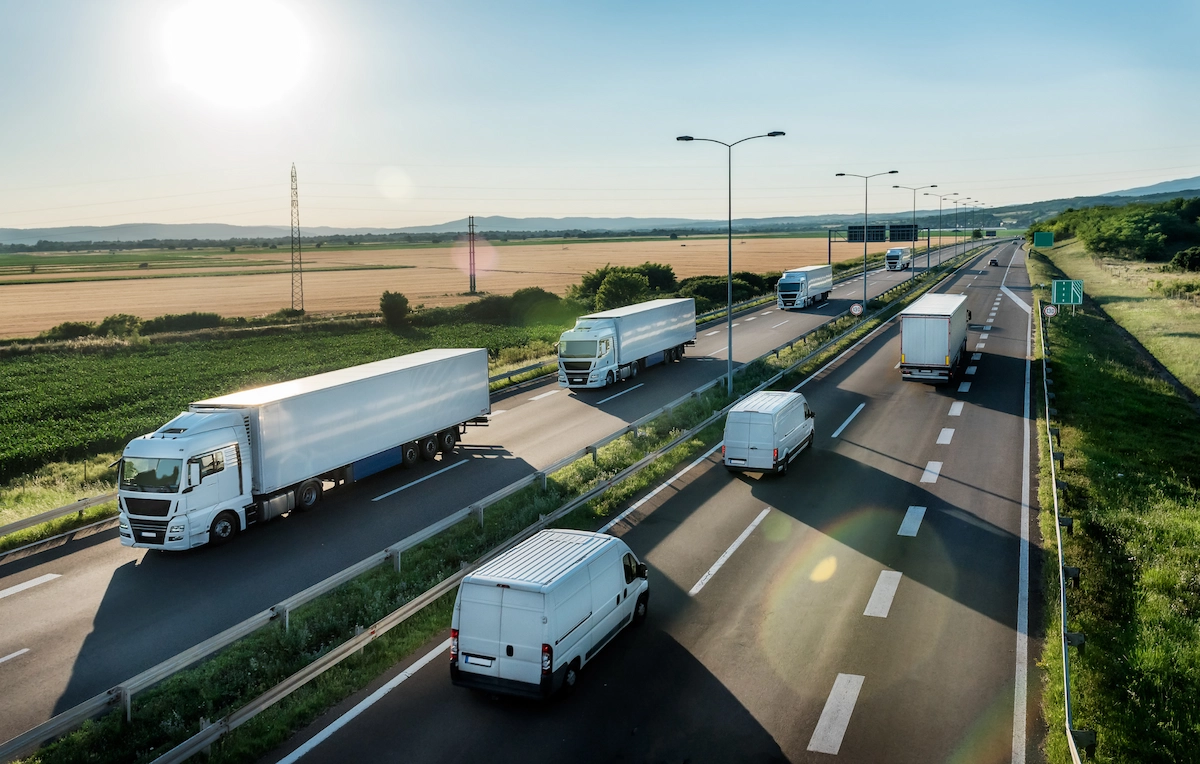
Cold chain logistics — moving temperature-sensitive goods like food, pharmaceuticals, and biologics — is all about precision. Any slip in temperature control, routing, or timing can mean wasted product, regulatory trouble, and lost revenue.
Telematics is changing the game. By combining GPS tracking, temperature monitoring, and predictive analytics, cold chain operators can cut costs, deliver faster, and meet the strictest compliance standards without breaking stride.
Telematics merges telecommunications and informatics to collect, analyse, and act on real-time vehicle data. In the cold chain, it’s tailored to protect cargo and improve fleet performance.
Telematics systems reduce operational costs in several ways:
One pharma haulier used telematics to catch a refrigeration fault mid-route, saving an entire shipment and avoiding a six-figure loss.
With tight delivery windows, delays in the cold chain aren’t just inconvenient — they can ruin goods. Telematics helps by:
Compliance in cold chain logistics means proving that goods stayed within safe limits from depot to delivery. Telematics makes this simple:
A frozen food fleet used telematics to document compliance in every delivery — boosting customer trust and passing inspections with ease.
Telematics isn’t just about efficiency — it’s also good for the planet:
Telematics has moved from “nice to have” to essential in cold chain logistics. It protects cargo, slashes costs, improves delivery times, and makes compliance effortless — all while supporting sustainability goals.
If your fleet is still relying on basic trackers or manual logs, you’re leaving money and efficiency on the table. Talk to JTF Wireless about upgrading to a telematics system that gives you complete visibility and control over your cold chain.
Yes, Sematics analyzes temperature trends and energy performance to identify inefficiencies in refrigeration units, helping businesses implement preventative maintenance.
Sematics vehicle sensors last up to 4 years, depending on reporting frequency. JTF Wireless handles battery replacements, probe calibrations, and maintenance.
Sematics helps businesses meet regulations like GDP, HACCP, and EN 12830 by generating detailed compliance reports and real-time performance tracking.
Yes, Sematics overlays weather data onto temperature and energy performance charts to help correlate external conditions with refrigeration performance.